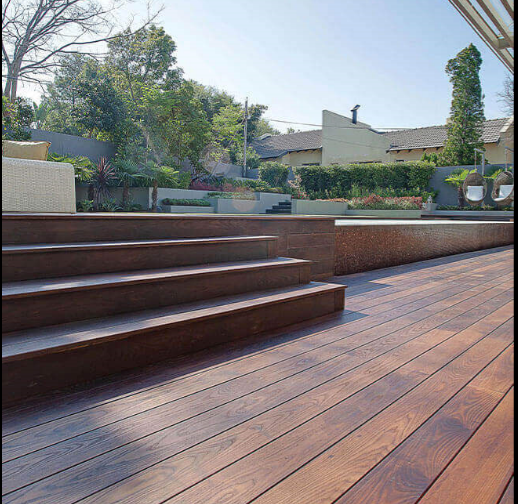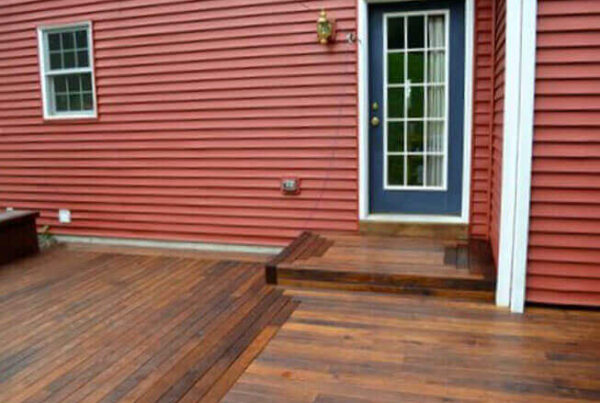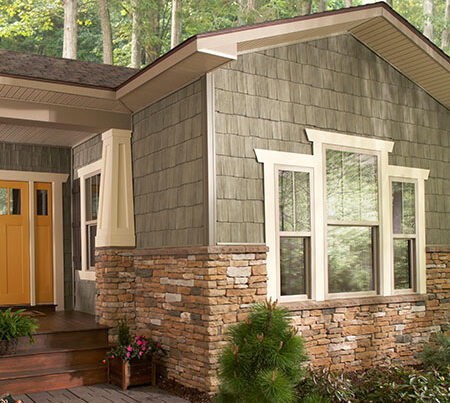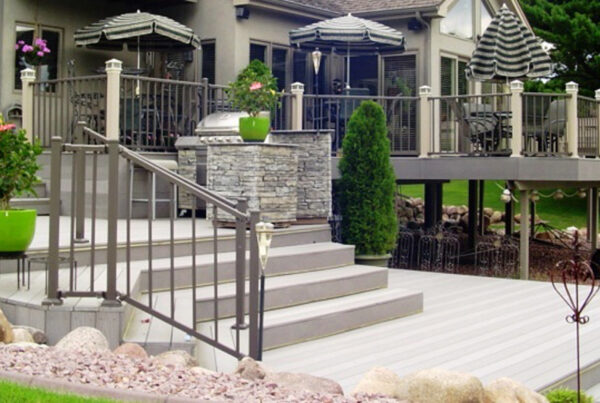Thermally modified wood decking is an excellent choice for its durability, eco-friendliness, and resistance to moisture and decay. Installing it properly, however, requires some key steps to ensure that the decking lasts for years and looks great. Here’s a detailed guide for a successful installation:
1. Preparation and Planning
Before you start the installation, it’s important to prepare the deck surface and ensure your substructure is correctly spaced and designed to support thermally modified wood. The joists should typically be spaced 12 to 16 inches apart. Also, make sure the foundation is level and stable, as any imperfections can lead to structural issues down the line.
Take into consideration that thermally modified wood is highly stable, but even with this advantage, you must account for ventilation and water drainage. A proper substructure design that allows airflow beneath the decking is essential. If airflow is restricted, moisture can accumulate and lead to potential issues, even with moisture-resistant wood. Installing a waterproof membrane over the joists can also provide an extra layer of protection.
2. Acclimate the Wood
Before beginning the installation, it’s crucial to let the wood acclimate to the local environment. Store the boards in a dry, shaded area where air can circulate around them for 48-72 hours. This will allow the wood to adjust to the local humidity and temperature conditions, helping to reduce the chances of warping or buckling after installation. Acclimating the wood is especially important if the decking has been transported from a different climate or has been stored in a controlled warehouse.
3. Proper Ventilation and Drainage
Good ventilation beneath the deck is vital for the longevity of thermally modified wood. Without adequate airflow, moisture may become trapped, which could lead to mold or mildew growth, even with water-resistant wood. To ensure proper drainage, consider installing a sloped surface beneath the deck or using spacers to elevate the decking slightly above the joists, creating space for airflow and allowing moisture to escape.
4. Fasteners and Installation Techniques
Use hidden fasteners specifically designed for thermally modified wood. These fasteners allow for a clean, seamless look without visible screws or nails on the surface. The benefit of using hidden fasteners is that they also reduce the risk of water infiltration around fastener holes, which can occur with traditional screws.
When installing the boards, follow the manufacturer’s guidelines for spacing between boards. Typically, you’ll want to leave a 1/8 to 1/4 inch gap between the boards to allow for minimal expansion and contraction as the weather changes. Even though thermally modified wood is stable, allowing small gaps between boards accommodates any movement due to environmental factors.
5. Sealing and Finishing
While thermally modified wood is naturally resistant to decay, applying a sealant can enhance its appearance and further protect it from the elements. A UV-resistant sealant will help preserve the wood’s natural color, preventing it from graying or fading due to sun exposure. For a more rustic, weathered look, you can opt not to seal the decking, but regular cleaning will still be necessary to maintain its appearance.
6. Long-Term Maintenance
One of the key benefits of thermally modified wood decking is its low maintenance requirements. However, periodic cleaning and maintenance can extend its lifespan. Sweep the deck regularly to remove debris, and occasionally wash it with a mild soap and water solution to prevent dirt buildup. Inspect the fasteners and structural components annually to ensure that everything remains in good condition.
Conclusion
Installing thermally modified wood decking is a process that requires attention to detail, from preparing the substructure to ensuring proper ventilation and drainage. By acclimating the wood, using the right fasteners, and finishing the deck with an appropriate sealant, you can create a long-lasting, beautiful outdoor space. For all your thermally modified wood needs, Sherwood Lumber provides high-quality materials and expert guidance to ensure your project’s success.











